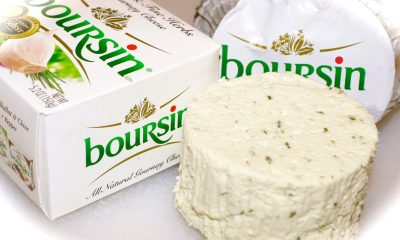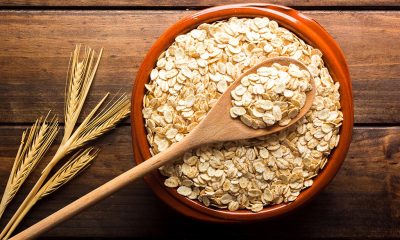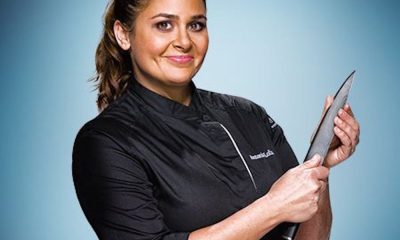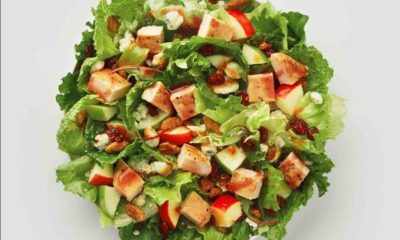ThanksGiving Recipes
Check Out These Turkey Cooking Tips
Most of the Thanksgiving dinner recipes we prepare annually aren’t all that difficult. You have your go-to green bean casserole, and in your sleep, you could basically make mashed potatoes.
But we still have questions about one meal, especially as the big day approaches: the all-important, but ever-intimidating, Thanksgiving turkey.
Here are the best turkey cooking tips to ensure that the star of your dinner will really shine.
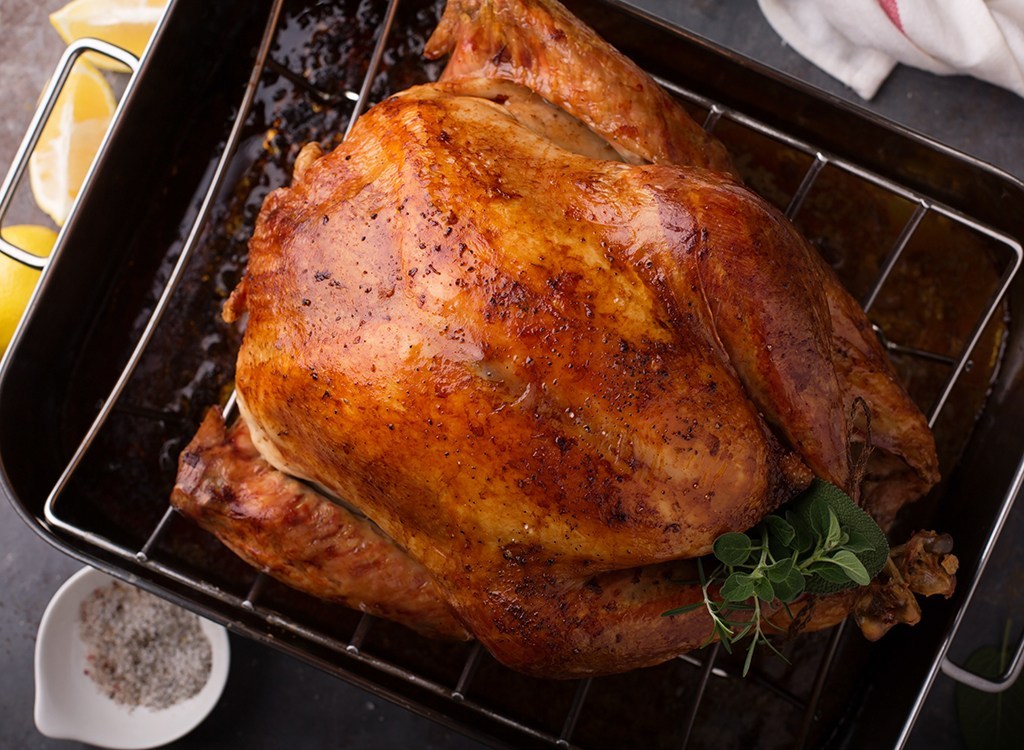
The Size and Type Matters
Do you prefer heritage, organic, frozen, or fresh? If you want to try an old-fashioned turkey breed, always leggier and leaner and more aromatic, a heritage turkey is perfect for you and don’t mind paying a little extra for it.
You might already have your eye on a turkey raised according to organic standards and fed organic feed if organic products are essential. Choose the healthiest-looking one in the weight range you like, if you’d like a typical fresh or frozen bird, and make sure it looks well-fed for its size.
Plan on 1 pound (uncooked) per person if you’re buying a whole turkey. Get 1⁄2 pound per person for a boneless turkey breast. When all the hard work is over, these significant figures will definitely leave you with delicious Thanksgiving leftovers to enjoy.
Veggies Can Do the Trick
Cook the turkey on a stack of vegetables. Arrange the veggies in the roasting pan at the bottom, then put your turkey on top of it.
The vegetables will allow heat for even cooking to flow under the turkey, and they will also flavor the drippings for your Thanksgiving gravy.
Make a natural roasting rack for your turkey. To do this, layer the bottom of the roasting pan with carrots, onions, and celery. You may also lift the turkey off the base of the pan, helps improve the movement of hot air around the whole bird so that it gets crispy all over. And the veggies can add great flavor to the gravy.
Glaze & Brine
You can use a glaze to get a consistent, rich, brown color over the entire turkey without overcooking. Dab molasses, honey, or jam onto lighter areas with a basting brush to accelerate browning.
Brining a moist and flavorful turkey is a simple, sure-fire way. Water, salt, sugar, and many spices and aromatics are contained in a traditional brining solution. Just make sure that you follow a trusted recipe to get the correct proportion of each one.
To Tie or Not Tie?
Many experienced cooks prefer trussing their birds to ensure that poultry cooks equally, which is just a fancy word for binding them up.
Although it’s not a required move to cook a terrific turkey, showcasing your culinary skills at home can be enjoyable. To build a tight bundle, simply tuck the turkey’s wings under the body and tie the legs together with kitchen string.
Add Aromatics
There are several ways to add even more oomph, though salt works well to get the flavor out of bland turkey. During Thanksgiving, most herbs you may have on hand (rosemary, thyme, sage, etc.) will work well.
Since you’re not stuffing the egg, add the herbs and a quarter of the onion into the bird’s cavity (about 12 sprigs in total).
Split it in half if you have an extra head of garlic, and pop that in too. A halved lemon or small orange may also be added. The seasonings in the cavity will spice the rest of the bird as the turkey roasts.
Use Butter or Oil
Make sure the turkey’s skin is as dry as possible before putting it in the oven, and then rub it all over with butter or oil—place pats of butter under the skin for even moister meat.
Use a Roasting Rack and Take Note of the Temperature
The roasting rack helps prevent your turkey’s bottom from steaming and sticking to the pan’s bottom. Simply slice the onions into 3/4-inch thick slices, arrange them in two parallel rows, and put the bird on top.
It’s not something most of us do daily to roast a turkey, and tricks such as jiggling the leg, using the 15-minute-a-pound rule, or even keeping your eye on the plastic popper are just not precise enough to ensure that all of your guests don’t get sick.
From refrigerator temperature to oven precision, all kinds of variables can influence how long a turkey should be cooked. Your buddy here, is an instant reading thermometer.
When you put a meat thermometer into the thickest part of your thigh (without touching the bone), and the temperature reads 165°F, you can recognize that your turkey is cooked. When part of its thigh is cut with a knife’s tip, the juices can also run clear.
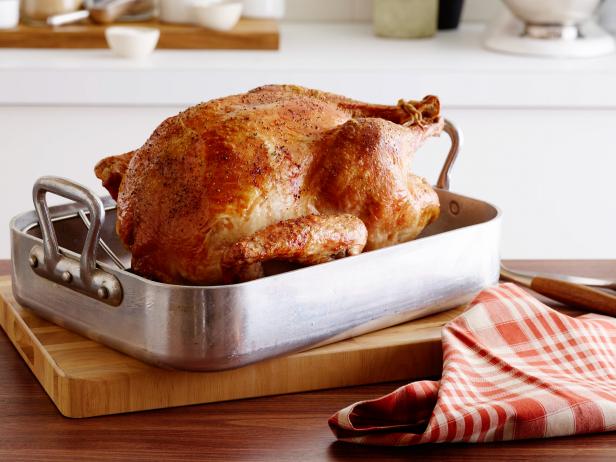
Conclusion
The key to a good turkey is to let it rest. Tent your turkey with foil to lock in the juices and let it rest for at least 15 to 20 minutes before carving. As you don’t want the bird to steam under the foil, make sure you don’t cover the turkey too tightly.



